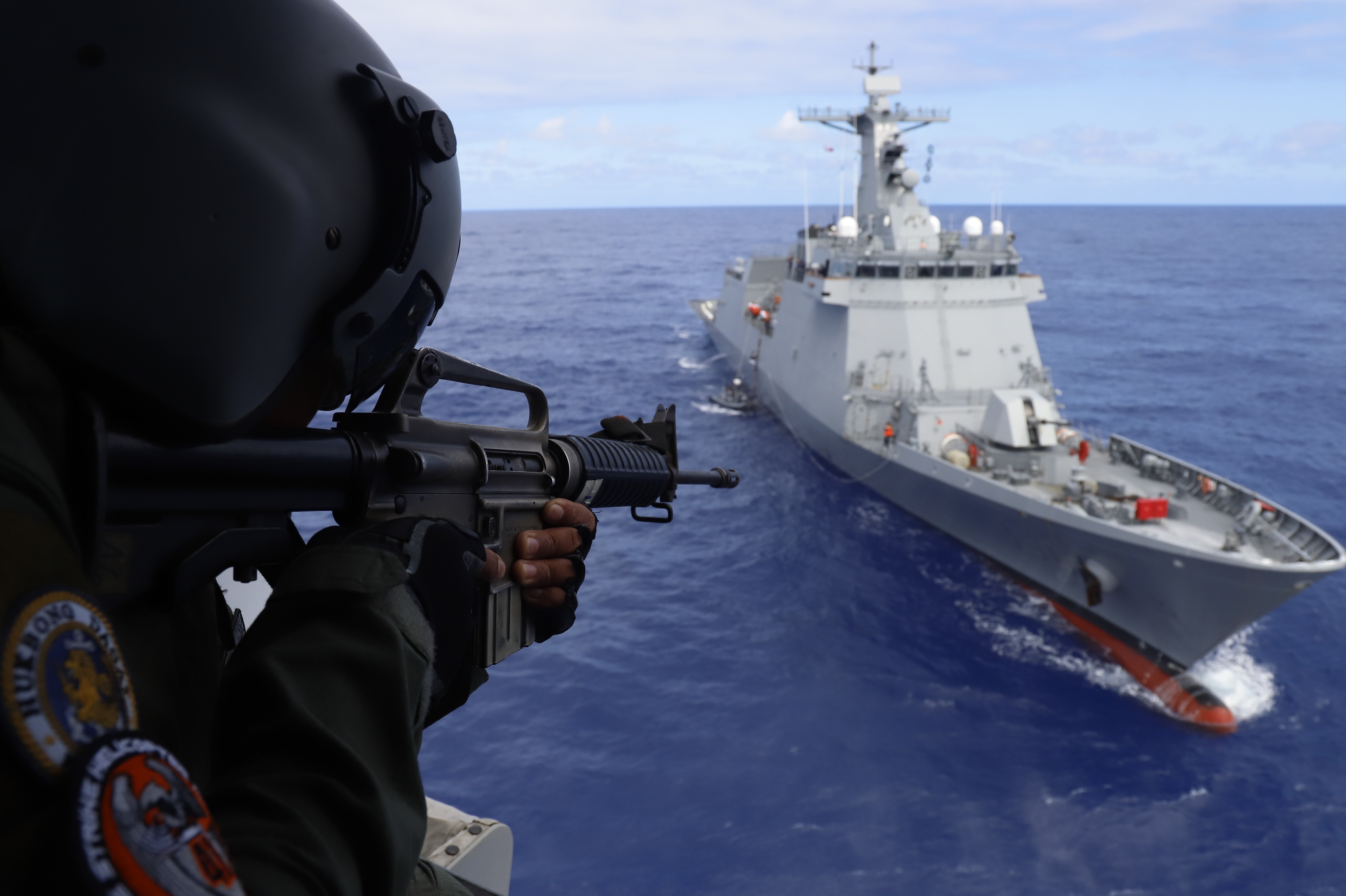Defense Tech and Acquisition News
Welcome to the latest edition of Defense Tech and Acquisition. Experts offer ideas for the next administration to strengthen national security. INDOPACOM discusses munitions inventories, networks, and geopolitics. New insights on Defense Tech and VC landscapes going forward. New programs and strategies emerge for AI and Autonomy. DoD recognizes its top acquisition professionals in annual awards. China making advancements in quantum and aircraft.
We will be taking next week off to celebrate Thanksgiving with family and friends, but will return the following week with all the latest insights and analysis.
Fixing the Navy and Rebuilding Arsenal
Xi Jinping has ordered the PLA to be ready to seize Taiwan by 2027. The only way to promote peace is to go to war on day one—not with China, Russia, or Iran but with the Pentagon bureaucracy. The first task is to fix the Navy. America needs a maritime industrial base that can counter China’s. The DoD should return to the board model that served the Navy well until the 1960s. The Navy would have a forum of senior stakeholders with a chairman empowered to decide both requirements and specifications, ensuring that these work in harmony.

The Navy should also create an office focused on expediting the development and deployment of certain war-fighting technologies, similar to the Air Force and Space Force Rapid Capabilities Offices. The secretary must also confront the West’s depleted arsenal of critical munitions, especially air-defense missiles. In a conflict with China, the U.S. could run out of some munitions within a week. DoD must rebuild America’s arsenal by moving to maximum production rates of the LRASM, JASSM-ER, AMRAAM, Harpoon, SM-6, and other munitions. Wherever possible, these systems should be equipped with advanced energetic materials to extend their range and destructive power.
To save money, the next secretary must enforce fixed-price contracting and force private-sector contractors to acquire products and services that are researched and developed on their dime, not the U.S. taxpayer’s. To free up more money, the secretary can reduce the civilian workforce, the Joint Staff, the OSD, the general and flag officer corps, and the bureaucracy.
Ensuring Resilience of Defense Industrial Base
One of the most pressing national security issues is the resilience of our defense industrial base. The U.S. has the most lethal and capable fighting force in the world. However, recent experiences have demonstrated profound difficulties in our industrial base. Unless we get our defense industrial base on a war footing now, we face potentially catastrophic consequences should the balloon go up in East Asia or elsewhere. To deter our potential adversaries, we recommend three major actions that should be pursued in the coming term.

Speed: The defense acquisition system largely remains focused on developing exquisite systems that take much too long to deliver. We need to turbocharge our efforts to change how we design and acquire capabilities. This starts with simplifying requirements to harness leading commercial solutions, rapidly iterating technologies, and delivering capabilities at speed.
Scale: Our industrial base can produce at the scale needed to succeed, but only if we change how we do business. We need to build more production flexibility into contracts by establishing surge-related line items to reduce the time required to ramp production. Second sourcing and multi-sourcing can also be beneficial. Maximize the use of unmanned and attritable systems.
Sustain: Our sustainment challenges, from contested logistics and supply chains to sustaining forces at great distance, are probably the hardest facing us and unfortunately have the least developed solutions. Sustainment requires much more attention and resources to ensure the resilience of our deployed forces and systems.
We need a larger industrial base, involving our closest allies with whom we go to war, with robust international industrial partnerships that build the systems needed for current and future contingencies. John Ferrari
The Role of the New Secretary
The most urgent and strategically important job that the new secretary must personally be involved in is the management of the department. Our military is in its most perilous shape since the end of the 1970s: Woefully behind in utilizing existing technologies, sized for one-short war which our adversaries are willing to take advantage of, and burdened with an acquisition process and programs that cost billions to deliver hand-crafted weapons that cannot be manufactured to scale and often do not even work. The secretary should therefore come in and personally lead the charge to fix three things inside the Pentagon: acquisition, resources, and recruiting.

Acquisition remained stuck in the 1970s, producing high-cost, low-volume, and technologically-antiquated systems. The secretary should cancel a major weapon system built for a past fight — think the JSF or the Army’s Future Vertical Lift —vowing to use all of the dollars to invest in unmanned systems, AI, and the mass production of weapons. The budget of the Pentagon is currently sized to fight only one, short-term war. The new force-sizing construct for the military should be to fight one long war, with two simultaneous small wars. Sen. Roger Wicker put together a plan that adds $55B to the Pentagon per year. This should be a starting point.
The DoD should support the Congressional plan to dramatically increase the pay of the junior enlisted force. Preventing war can only be done through an American military force that is utilizing the most technologically sophisticated weapons, produced at a scale that cannot be matched by our rivals, and used by the best service members the world has ever seen. Evan Montgomery and Julian Ouellet
Preparing for Protracted Conflicts
Despite the growing prospect of protracted war, U.S. defense strategy appears wedded to getting ready for decisive battle but the high costs of an elusive short war could handicap Washington in a long fight. As defense officials have become increasingly concerned about what it would take to deter or defeat a Chinese assault on Taiwan, they increasingly have concentrated on developing the tools necessary to disrupt or degrade a PLA invasion force as it crosses the Taiwan Strait.

















